A new Formula 1 season gets under way at the Bahrain Grand Prix, with new regulations adding to the unknowns of how racing will pan out. Ahead of today’s season-opener at the Bahrain International Circuit, we take a look at the different strategies that the teams might choose.
What’s the quickest strategy?
In many ways, it’s a more simple equation this year for the teams, as the tyre they qualify on no longer has any bearing on the compound they start the race on. The previous rule of starting the race on your Q2 tyres – if you qualify in the top 10 – has been scrapped, so it’s a free choice for everyone in the field.
One thing that is pretty clear is the preferred starting compound, with the majority of the grid likely to start on the soft tyre. As much as strategists might want to try something different – especially if they are further back in the starting order – the early advantage provided by the soft tyre over the other two compounds is too great to overlook.
Bahrain has regularly been a two-stop race and this year is no different, with the two-stopper deemed the preferable option once again despite the new tyres and 18-inch wheels. The medium and hard compounds are expected to provide similar performance rewards, but the slower warm-up phase of the hard tyre means the expected main option for the teams is a two-stop strategy that features a first stint on the softs, second stint on the mediums and third stint back on the softs.
That would require a first stint of anything between 14 and 24 laps, before switching to the mediums until at least Lap 35 before being able to return to the soft compound.
For four drivers – Valtteri Bottas, Alex Albon, Zhou Guanyu and Nicholas Latifi – the tyre allocation available to them means they are the only ones with the option of running soft-medium-medium if required, widening the window for their second stop.
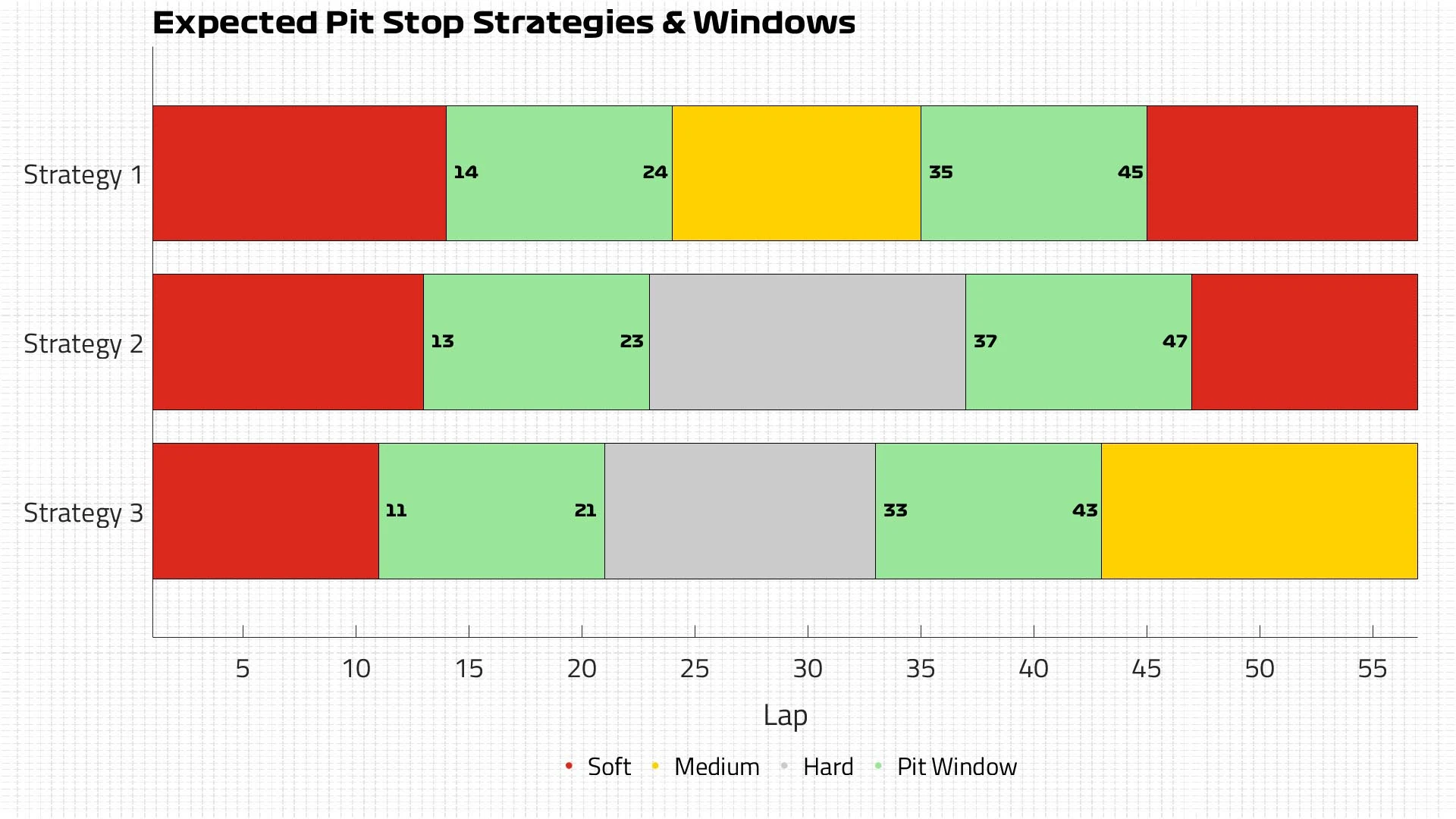
How about the rest of the top 10?
It’s going to be difficult to convince anyone starting in the points-paying positions to do anything other than start on the soft compound because of the performance they’ll give up on the opening laps, but that doesn’t mean there aren’t opportunities to try and mix up the strategy a little bit.
The most obvious and likely option outside of the soft-medium-soft mentioned above is very similar, but with the middle stint completed on the hard tyre rather than the medium. That approach would allow a slightly earlier stop than those switching to mediums due to the robustness of the hard compound, but its warm-up properties mean it is unlikely to provide an undercut, and if anything will make for a tricky first couple of laps out of the pits.
READ MORE: Red Bull race pace ‘very strong’ says Verstappen after missing out on Bahrain pole
With that strategy, any time after Lap 35 will open up the opportunity to go to the end on the softs, although teams could also utilise all three tyre compounds.
Again starting on the softs, the first pit stop could take place as early as Lap 11 and would then see the hard tyre used, as it is likely to work better when the track is warmer and the fuel load is higher to generate energy and therefore heat. But again, using the hards comes with a risk, especially in the early part of the stint, as the drivers try to get temperature into the tyres.
From there it would be a likely switch to the medium compound tyre with anything up to 24 laps remaining, as the tyre will warm up more quickly despite the lower fuel load by that stage, and has a much smaller offset to the soft tyre than the hard does.
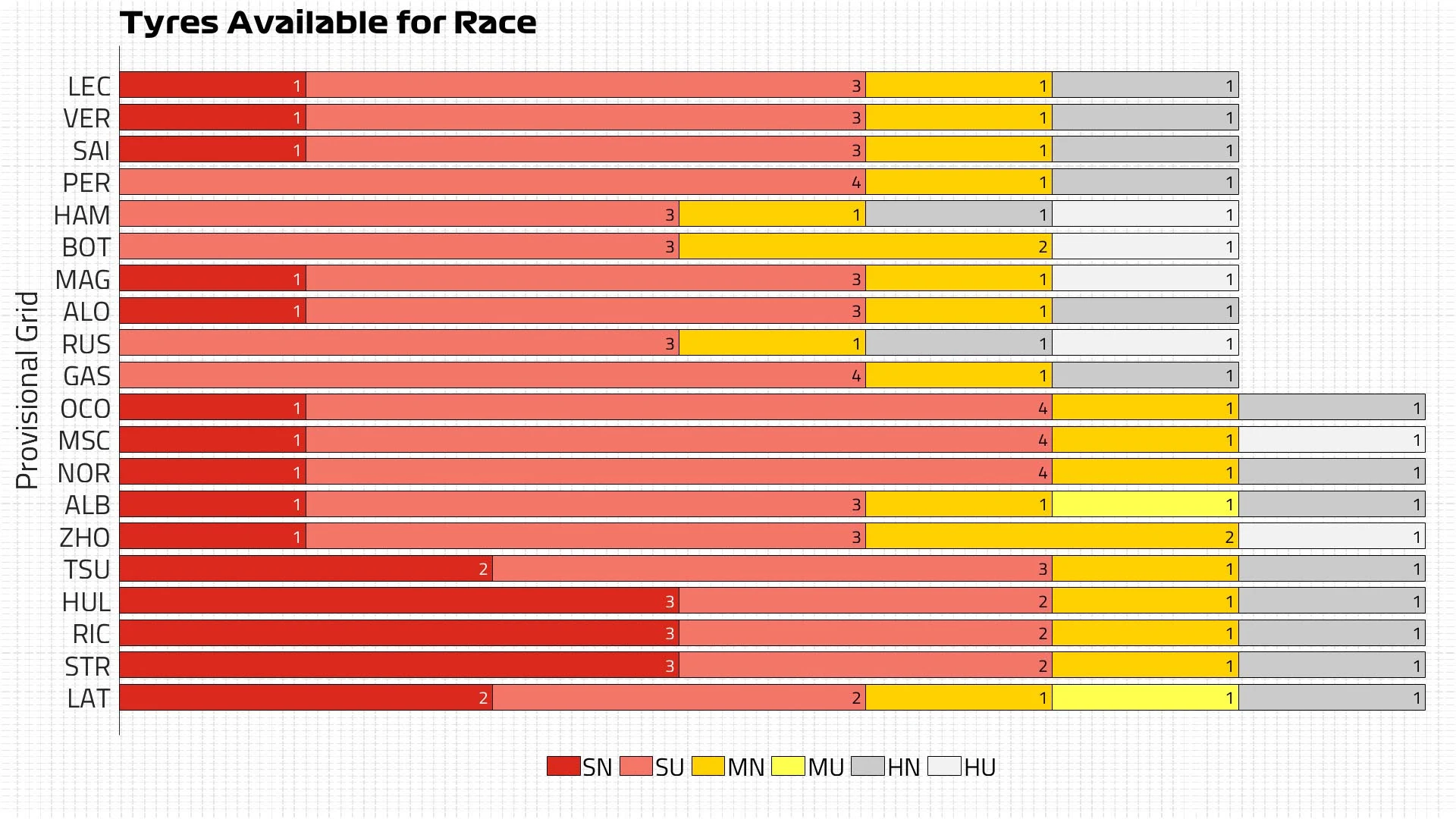
What are the options for the bottom half of the field?
There could be a few drivers who are willing to risk a one-stop strategy just to try something different to the rest of the field, even if they might need a bit of luck to make it happen.
Pirelli expect that nobody will be starting the race on the hard compound tyre given the difficulty in warming up that tyre, with the medium a potential starting tyre in order to try and open up a one-stop strategy.
To do that, a long first stint on mediums will be needed that gets a driver in range of the one-stop, with the switch to hard tyres not likely until Lap 29. From there, the hardest compound should make it to the finish, but getting the hard tyres switched on will be the crucial point as that is when any driver attempting this strategy will be at their most vulnerable.
In terms of the likely candidates for this sort of strategy, it’s the teams that dropped out in Q1 who felt they had the potential to reach at least Q2 if not Q3 that are most likely – Daniel Ricciardo, Yuki Tsunoda and the Aston Martin pair in particular.
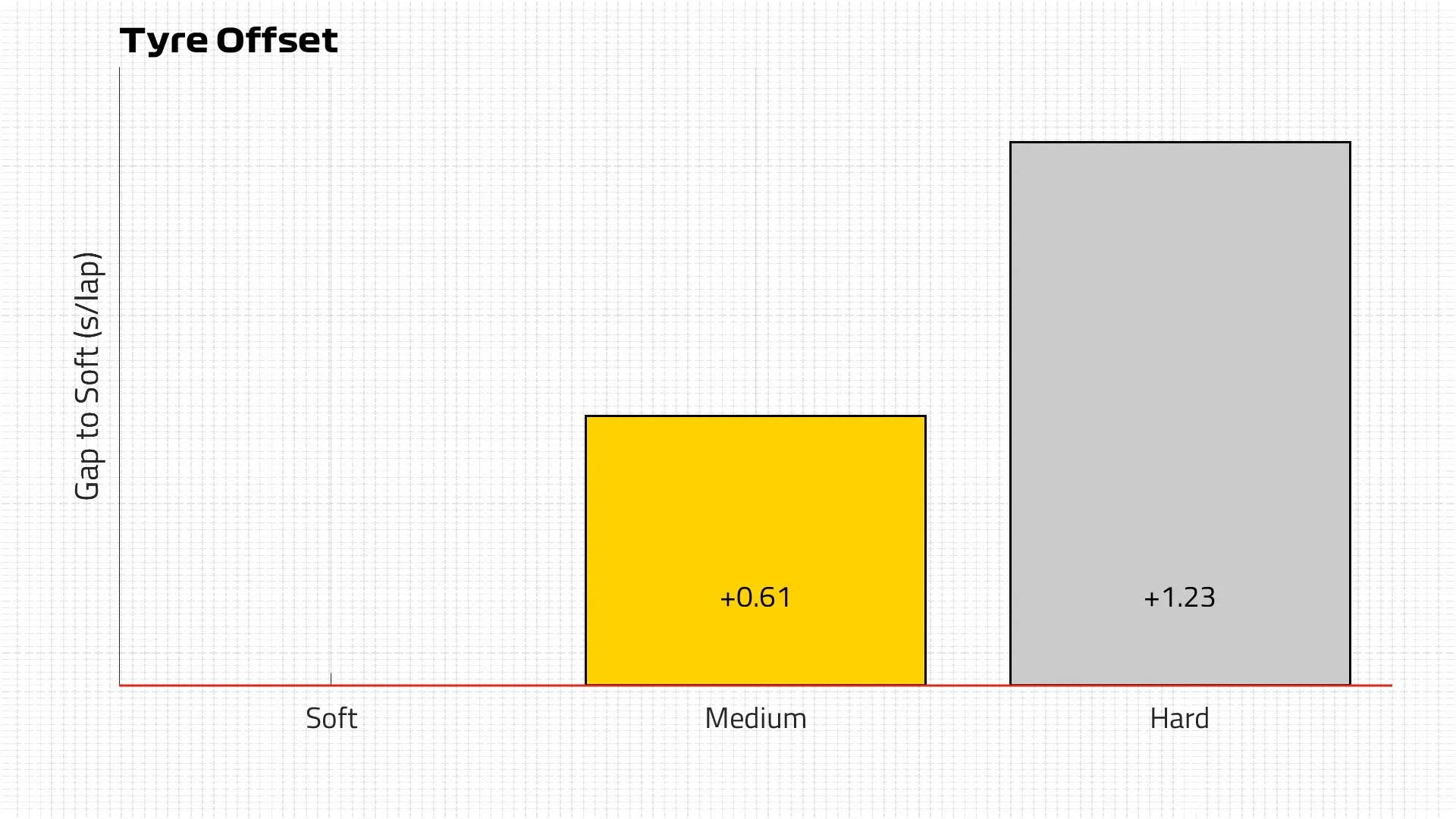
Wait, but what’s the weather doing?
One of the major plus points about racing in Bahrain for the first race of the season – or wherever it seems to appear on the calendar for that matter – is the relatively stable conditions.
Sure, there is the odd sandstorm that can blow into the circuit, and managing the rear tyres can be particularly difficult for drivers, but it tends to be high temperatures and severe winds that pose the biggest challenges at Sakhir.
We’ve seen the latter more than the former so far during the race weekend, with nothing like the 37C highs seen during testing. In fact it has been some 20C cooler during the days with strong winds keeping the temperature down and unsettling cars at times.

But the race looks set to take place under a relatively familiar set of conditions, with temperatures expected to be in the mid-20s and the wind dying down compared to the previous few days. That means the rear tyres will once again be the limiting factor, but overheating shouldn’t be a concern.
HIGHLIGHTS: Catch the action from qualifying for the 2022 Bahrain Grand Prix
In fact, if the opposite is true and the temperatures are lower than expected – more in line with the rest of the weekend – then Pirelli’s data suggests there won’t be a significant impact on the behaviour of the tyres. In warm or cooler temperatures, the degradation level appears to be relatively similar, with the only strategic impact being an even longer warm-up time required for the harder compounds if temperatures don’t rise.
Tap here to find out more about F1 TV, including enhanced race coverage, exclusive shows, archive video and more.
Next Up
Related Articles
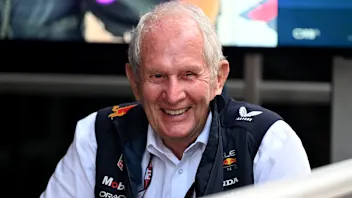 TremayneWhy ‘true racer’ Marko will be missed as he leaves Red Bull
TremayneWhy ‘true racer’ Marko will be missed as he leaves Red Bull.webp) VOTE: Choose your favourite race of the 2025 season
VOTE: Choose your favourite race of the 2025 season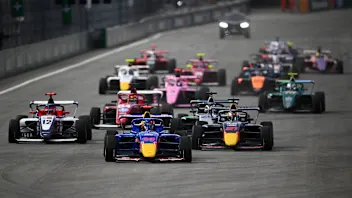 F1 ACADEMY unveils calendar for 2026 season
F1 ACADEMY unveils calendar for 2026 season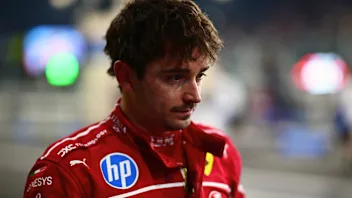 Leclerc hoping Ferrari will ‘get back on top’ in 2026
Leclerc hoping Ferrari will ‘get back on top’ in 2026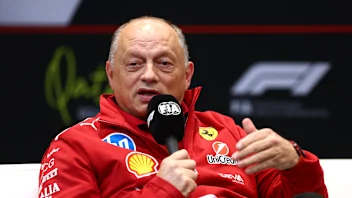 Abu Dhabi 'not a bad weekend' for Ferrari – Vasseur
Abu Dhabi 'not a bad weekend' for Ferrari – Vasseur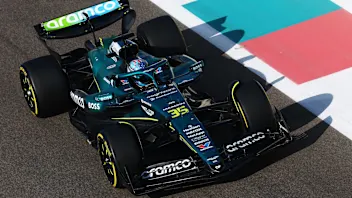 Crawford sets the pace at Abu Dhabi post-season test
Crawford sets the pace at Abu Dhabi post-season test

.webp)